Martin Luther King Jr. Mini Unit
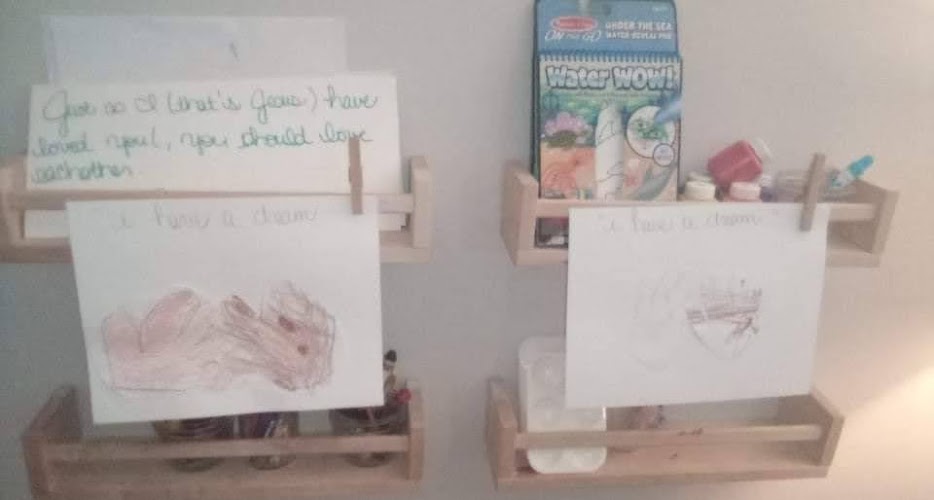
This mini unit is such an important part of any homeschool curriculum. It is so important to have conversations around racism and diversity early with your children. This holiday snuck up on me last year but I am better at working holidays into our cultural curriculum this year and planned ahead! I LOVED the ideas from Living Montessori now in her Martin Luther King Day Round Up Post and her Free Black History Activities Post (her blog is a great place to start for almost any topic for 3-6 and lower elementary!). I also used a subscriber freebie from Every Star is Different for three of our activities. I planned for a whole week of activities and we took a break from our Continent Studies for this.
We can never experience someone else’s life but we must try to understand. Empathy is an important skill and must be taught. We are not all equal. We all have different strengths, weaknesses, life experiences, home environments, ethnic, cultural, backgrounds etc. I could go on and on with this list. What we do have in common is that we are all human. We are all equally loved by our creator. We are all equally important and valuable. While we are all different, we are also all the same.
In our home, we follow Christ. And as Christians, we are to love everyone just like we love ourselves. This can only be done if we constantly lay down our feelings about those around us and explore why we aren’t responding in love (when that is the case!). We can teach our children to come from a place of curiosity, to seek to understand, and love everyone we encounter. We have to be doing the heart work all the time in order to teach this to our children because the most powerful impact we can have on our child is how we react and interact with others. How they see us, in the safety of our own homes, discuss other people, events, etc. This is what they are truly watching. SO while conversations about diversity, books showing diversity, exploring history, and deeper study of people who impacted society positively are important, that is not where it ends or even begins. It must start with us. I challenge you, whether you are homeschool parents or not, to examine your own heart. Take time to really look at your world view. Look at how you react to other ethnicities. Other cultures. Other viewpoints. Is your gut reflex love? Start there. Let God do the heart work. Do the work to shift your mindset where necessary (I promise you there is someone in your life that you don’t unconditionally love as your gut reflex… even if it isn’t racially driven.)
Ok, enough on that, on to the activities we did!
Slavery in America (Storytelling/Brief Intro to “If I were a Slave Activity)
On Day 1 of our Martin Luther King Jr. Mini Unit, I did a short storytelling exercise to explain some big concepts. We talked bout slavery in America (main focus today) and got a little introduction to the concept of “Separate but Equal” and the Civil Rights Movement.
Script: There was a time in our country that most people believed that if you had a different skin color, you were not as important as the people that had the “right” skin color. Now we know that this is not true. We are all the same even though we are all different. We all have eyes, ears, noses, mouths, hair, and skin… (go slow through these and let them talk about differences). We are all human. But at this time, many people held this belief. You see, as far back as our country’s history goes, all the way back to colonial times, there was a practice of slavery. Do you remember what slavery is? Yes. (or correct what they say) Now in America in particular it was quite common for slaves to come from Africa. The people there were fighting and taking each other to sell for money. Now we know that this is not ok. And honestly, even then they knew it was not ok. But it was legal here and other places. It was very common in what is now the United States of America- especially in the southern part – were they had plantations to work. Because it was so common for so long, even after our nation made a law that it was illegal to own another person, people still looked at those who had African ancestry as less than themselves. They still treated them differently. They even tried to keep them out of their schools and restaurants. They even had rules about where they could sit. They called this “Separate but Equal” but nothing was equal about it. Nothing was ok about it. Nothing was in line with the gospel about it. Eventually people had enough of these unfair rules. A movement happened called the Civil Rights movement. A very important preacher, Martin Luther King Jr. lovingly led many black Americans during this time. Today is a special holiday to remember him. To learn more about him and his teachings. This week we are going to learn more about him each day. Today we are going to talk a little more about what life was like as a black American before the Civil Rights Movement. Before the unfair rules. Back when there was still legal slavery.
If I were a Slave Activity
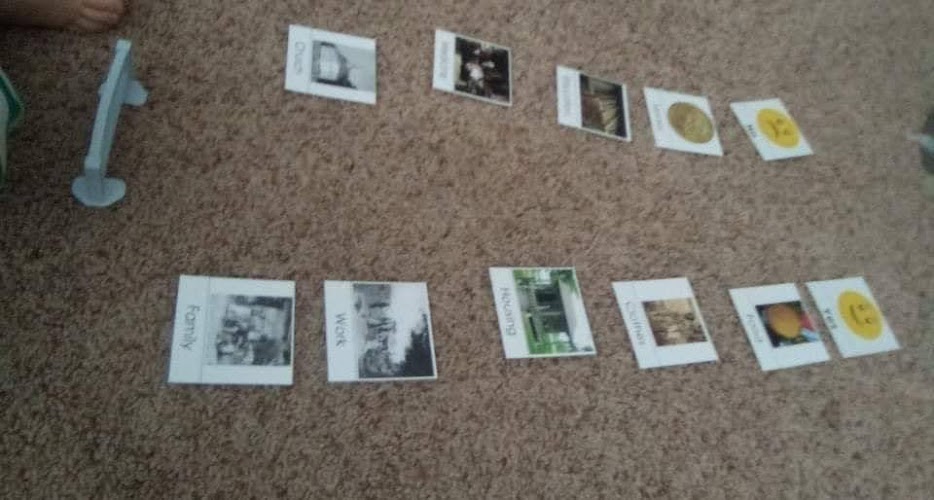
This activity reinforces the differences between slaves and free people. It is not comprehensive but is a great springboard activity for conversations. This is a sorting activity with things/rights slaves had vs. what they didn’t have. It is from Every Start is Different in their subscriber freebies. The activity pack is called, “Black History Month Pack”.
Separate but Equal Storytelling
On Day 2 of our mini unit, we focused on the concept of “Separate but Equal”. I did another short storytelling time and then we played a fun Civil Rights Memory Matching Game.
Script: Do you remember what we learned about yesterday? Yes, we talked about how we are all different but the same. Do you remember what slavery is? Yes. It is when one person owns another person. Is that ok? No, it is never ok to try to control another person. To own them and make them do what you want. God did not give us ownership of other people. After slavery was made illegal in America, there was a time when people abided by a concept called “Separate but Equal”. This was a set of rules that were in place in our country that created racial segregation. That means that people were separated based on the color of their skin. Is that fair? Is that equal? Is that in line with God’s law? (all answers should be no). It wasn’t fair. It wasn’t equal. It wasn’t in line with God’s law. But it was legal in the United States and most of the country abided by it for a long time.
Separate but Equal Memory Game
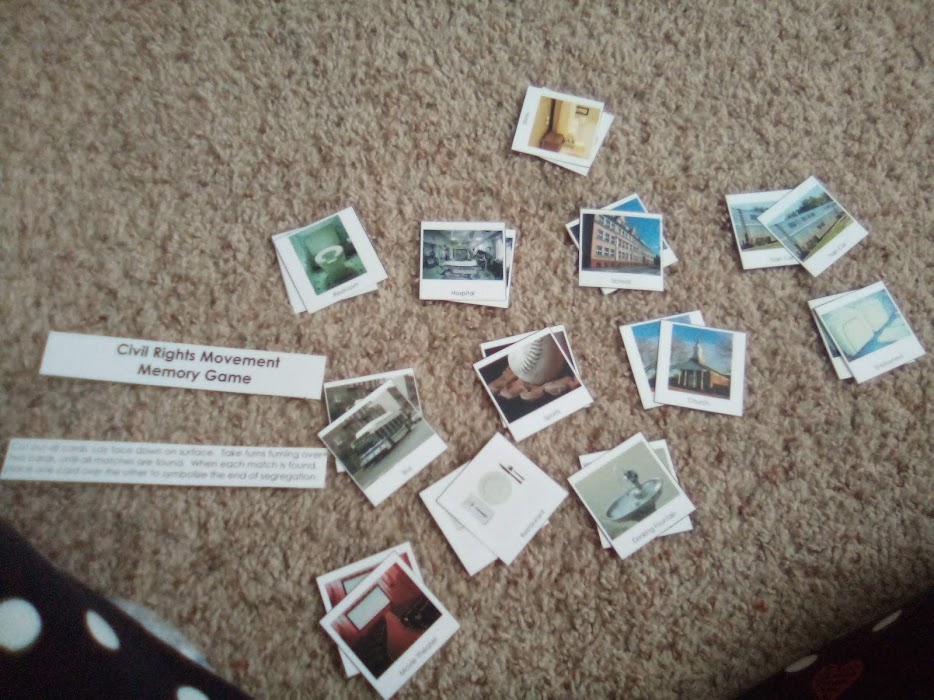
This memory matching game was a huge hit. Little Miss did it several times in a row and selected it multiple times over the past week. It is pictures of places and things that black and white Americans could not do together prior to the Civil Rights movement. It was a great reinforcement activity following our storytelling time.
Martin Luther King Jr. Family Member Nomenclature Cards
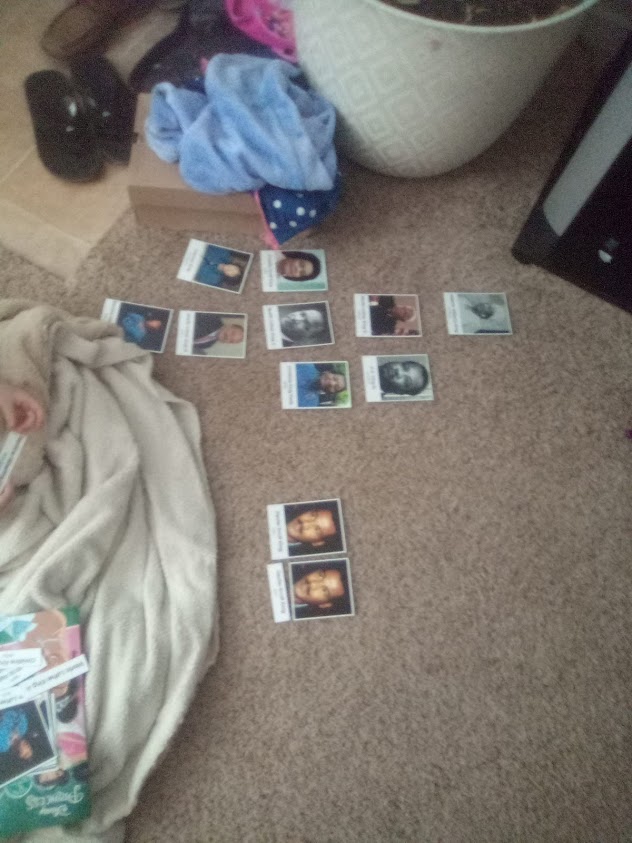
On Day 3 of our mini unit, we dove into Martin Luther King Jr’s story. We read the book, Martin Luther King Jr. (Little People Big Dreams) by Sanchez Vegara, Maria Isabel, we busted these cards out. Both girls loved looking at pictures of his family. It was more exploratory for our tot (she normally likes to match some but just wanted to look at the pictures this time around) and our preschooler was able to match the pictures and the words.
“I have a dream” Hand Print Craft
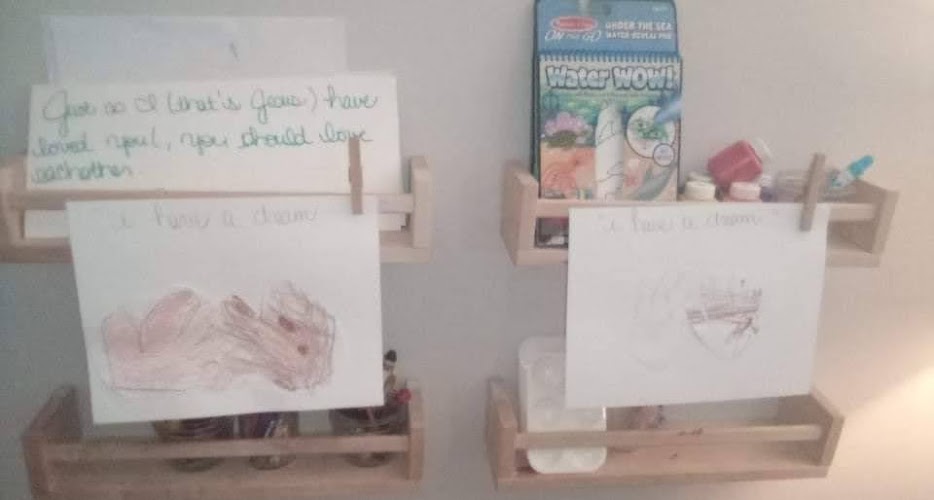
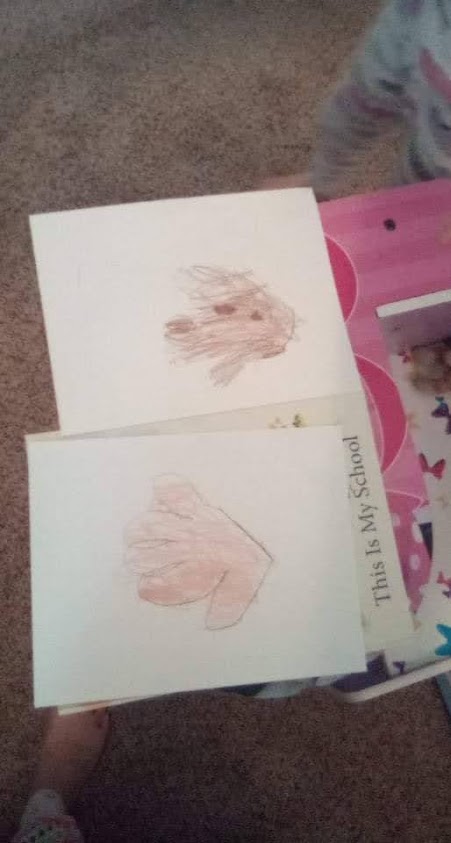
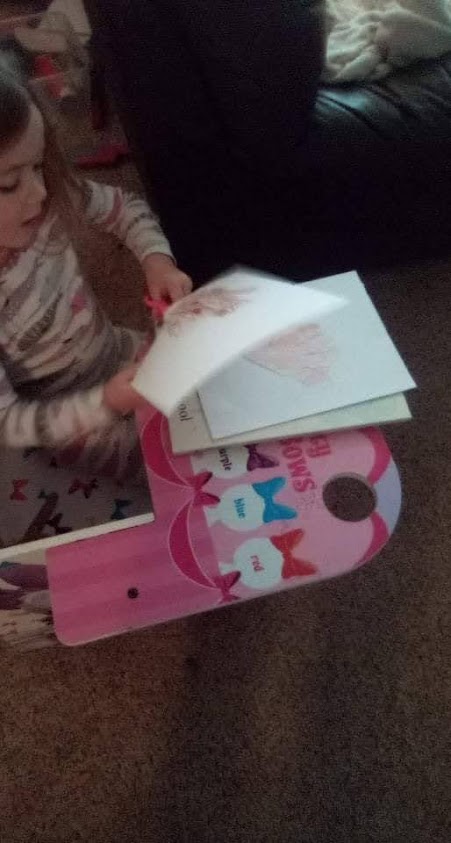
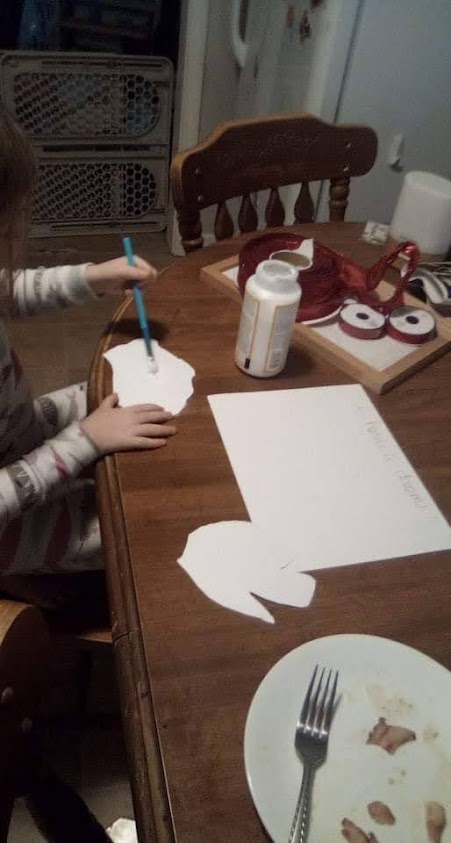
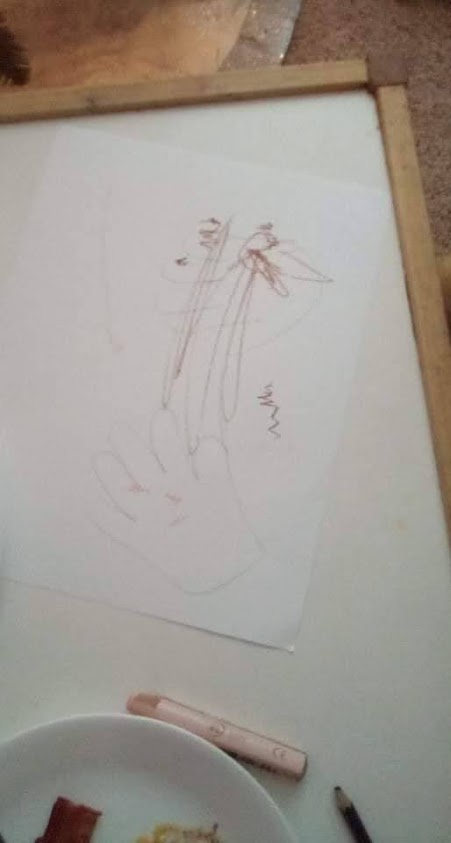





This was a fun craft! Our preschooler traced her own hands, then cut them out, and then colored each hand a different color. One hand to match her own skin tone and the other hand to match Martin Luther King Jr’s skin tone. I then wrote the words, “I have a dream” on a piece of paper and she pasted the hands on. I found this idea on pinterest. For our tot, I traced her hands and cut them out. Then she colored them in (to her liking – she wasn’t into coloring for long!) and painted the paste on the back. She LOVED this part and was quite upset when it was over. More pasting work has been requested by both girls.
After we did this craft, we watched Martin Luther King’s I have a dream speach.
Transition to My Body Unit – Skin & Hair
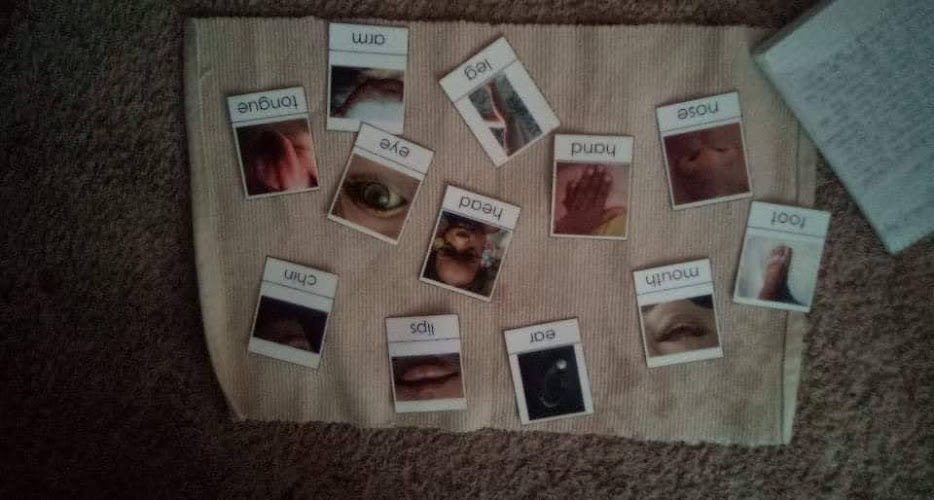
After reading, “God’s Very Good Idea” we pulled out this diverse body part picture cards from Momtessori Life. This was a great review for our tot and even the preschooler enjoyed talking about where our body parts are and how everyone’s look different. We are the same – we all have (chins, teeth, etc) but we are different.
After this, we talked about what makes our skin the color it is and explored what genes and cells look like. I did this in a short, informative storytelling style but I can’t find my script now. This is a great website to work from if you would like to create your own.
The following day, we re-read this book (per the girls request) and then did a color matching/skin matching activity from Every Star is Different. The tot loved looking at the diverse pictures and my preschooler enjoyed the challenge of matching the colors to the skin tones. We are all the same, but we are all different. Following our matching activity, we discussed what makes our hair the color and texture it is. Miss Tot was not interested but our preschooler loved it!
Books on the Shelf this Week
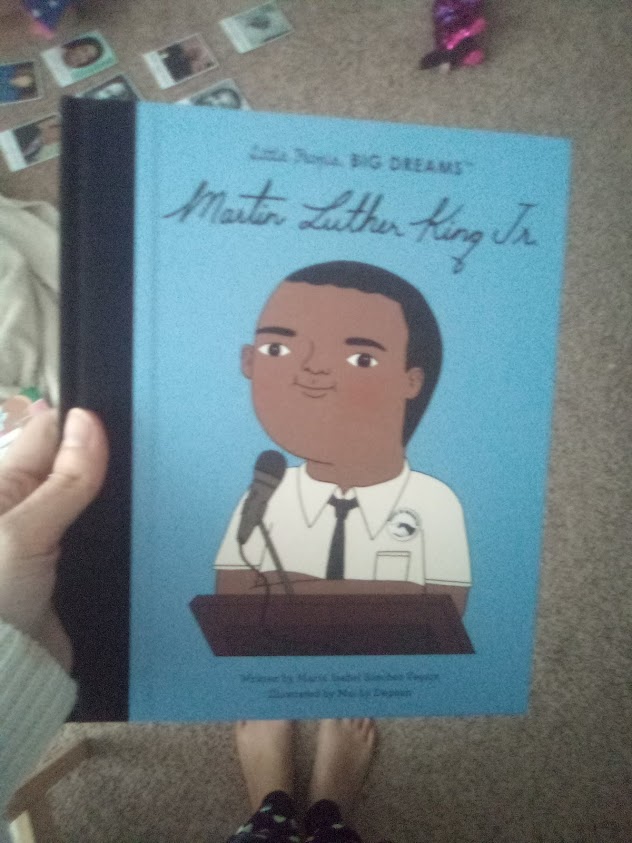
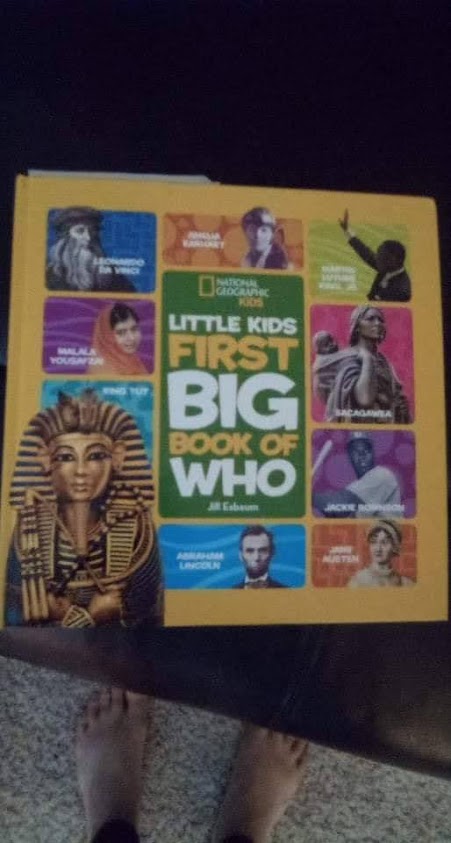
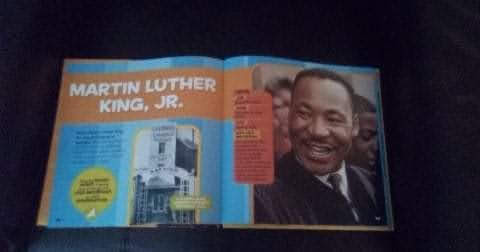
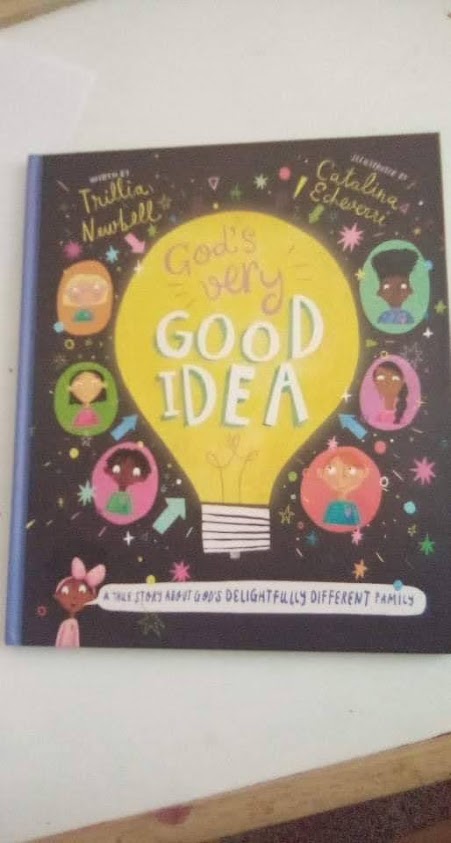




“We’re different, We’re the Same” by Bobbi Kates was a book we already had on the shelves this past fall in our North America Continent Study. I pulled it out on Monday to read together to start our conversation about diversity. It’s a great look at how although we are different (different shapes, skin colors, eye colors, hair, mouth etc.) we are also the same. The emphasis isn’t specifically on race but it does encompass that. Plus it has Sesame Street characters so that’s always a win!
Martin Luther King Jr. (Little People, Big Dreams) by Sanchez Vegara, Maria Isabel this book was so good! I had to share about his assination (which was not covered in the book) but it is geared towards 2/3-4/5 year olds and everyone might not be ready to cover that with their children. This brought up a lot of questions about life and death. About sin and hate. And about the Jesus’s second coming. It was a fantastic conversation that continued for a few days in our home.
National Geographic Little Kids First Big Book of Who by Jill Esbaum was an excellent resource. I am so excited to use this more in our cultural studies. It did a great job summarizing hard concepts surrounding Martin Luther King Jr’s life. It was kind of like having a timeline with important facts on the children’s level. The girls loved reading this book as well. I think I got it out in the afternoon on day 3 or 4 of our mini unit.
God’s Very Good Idea: A True Story of God’s Delightfully Different Family by Trillia J. Newbell is a book that I can’t recomment enough. It shows diversity through the lens of the gospel and puts racism into the context fo a world in a need of a Savior. It’s beautifully and intentionally illustrated. It was perfect for the next piece of our discussion. We read this before discussing our differences and similarties with others again and used it as a bridge between our Martin Luther King Jr. Mini Unit and the start of our My Body Unit which will be sprinkled throughout the next 6+ months. We started on the outside and will move our way in as we explore our bodies.
Resources and inspiration for planning:
- Living Montessori Now Martin Luther King Jr. Round Up and Free Black History Month Printables and Activities
- Every Star is Different Black History Month Printable Pack (Subscriber Freebie- I used three of the activities this time around)
- I have a dream craft
- Momtessori is my main source for our My Body Unit Inspiration at this time. I used her printable for the body parts cards and the printable from Every Star is Different for Color and Hair Matching.